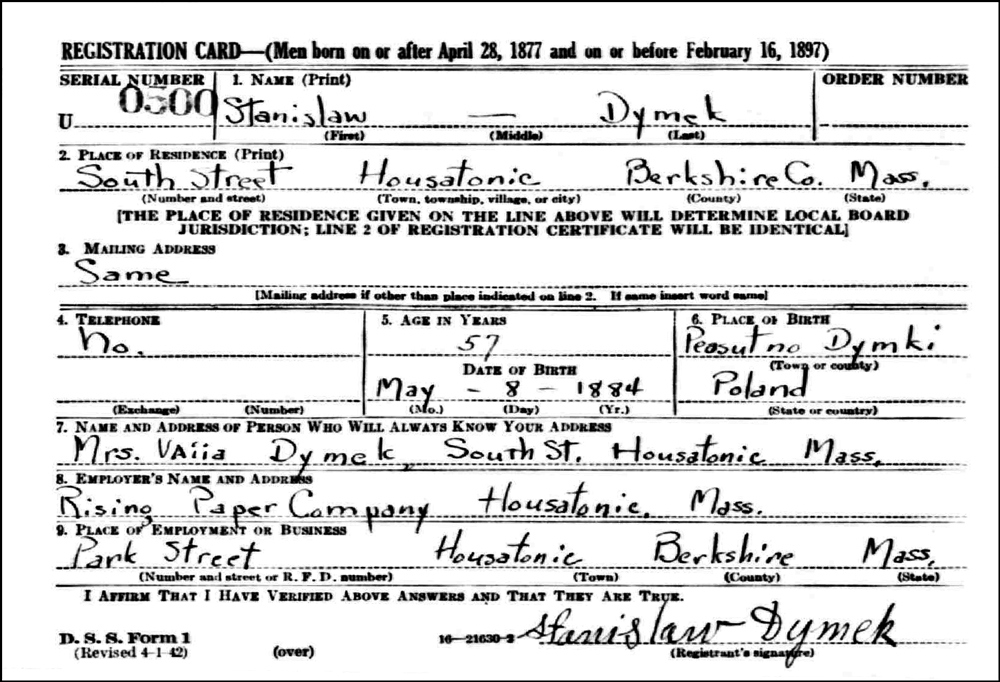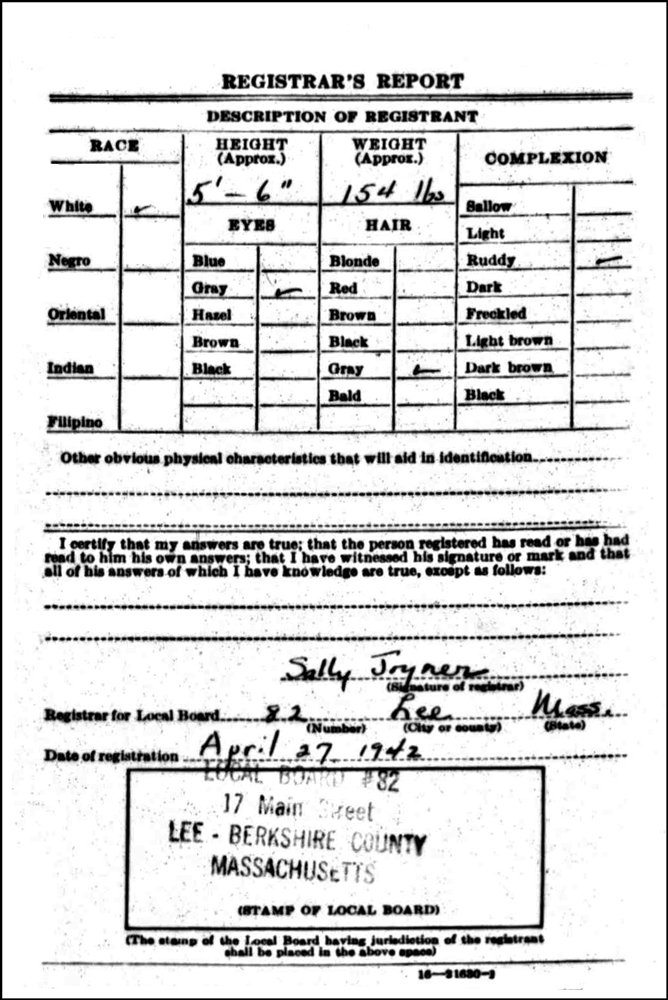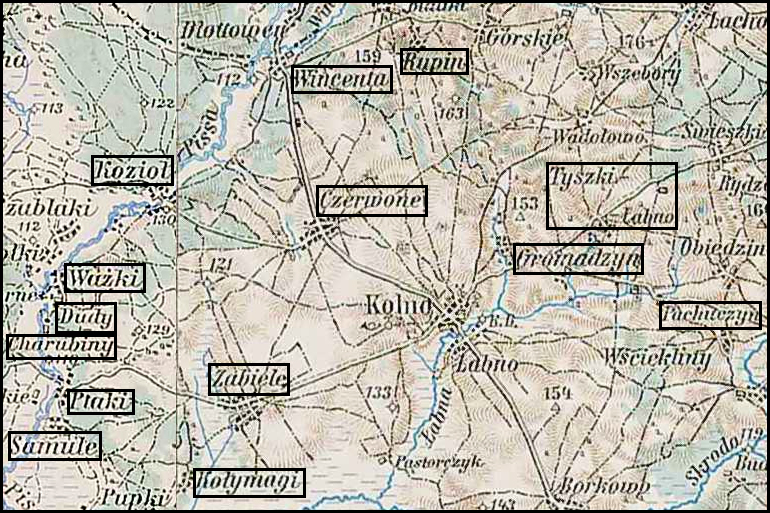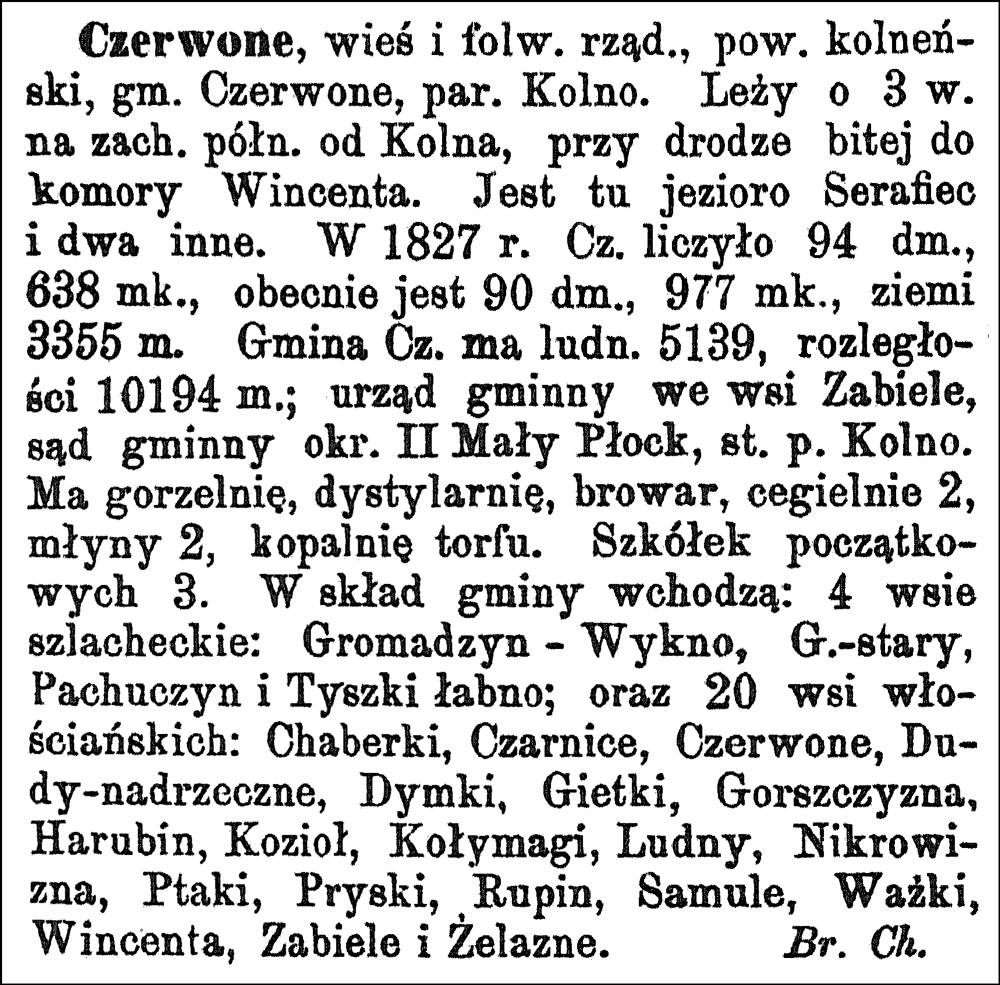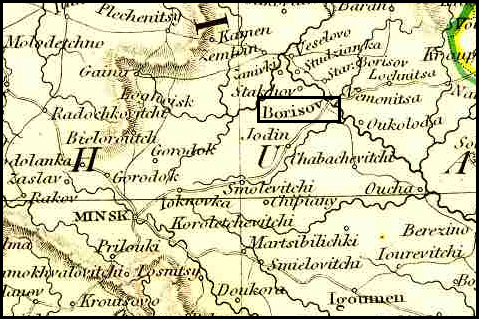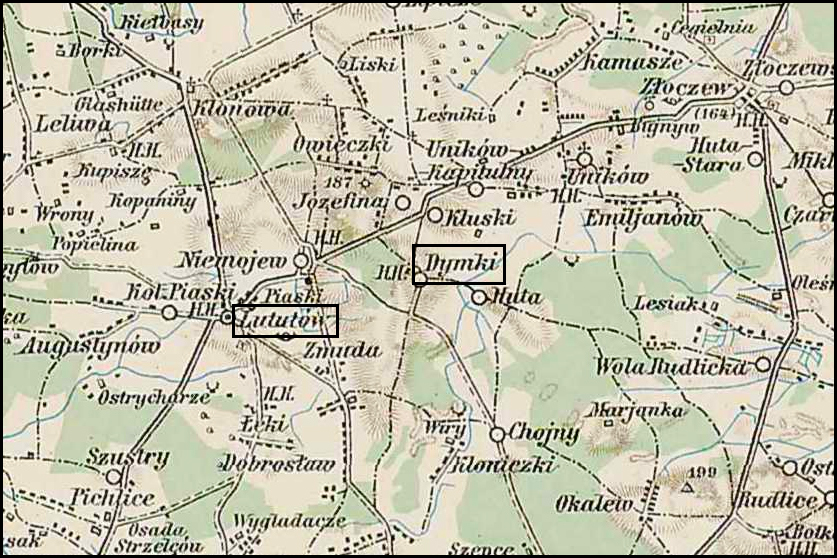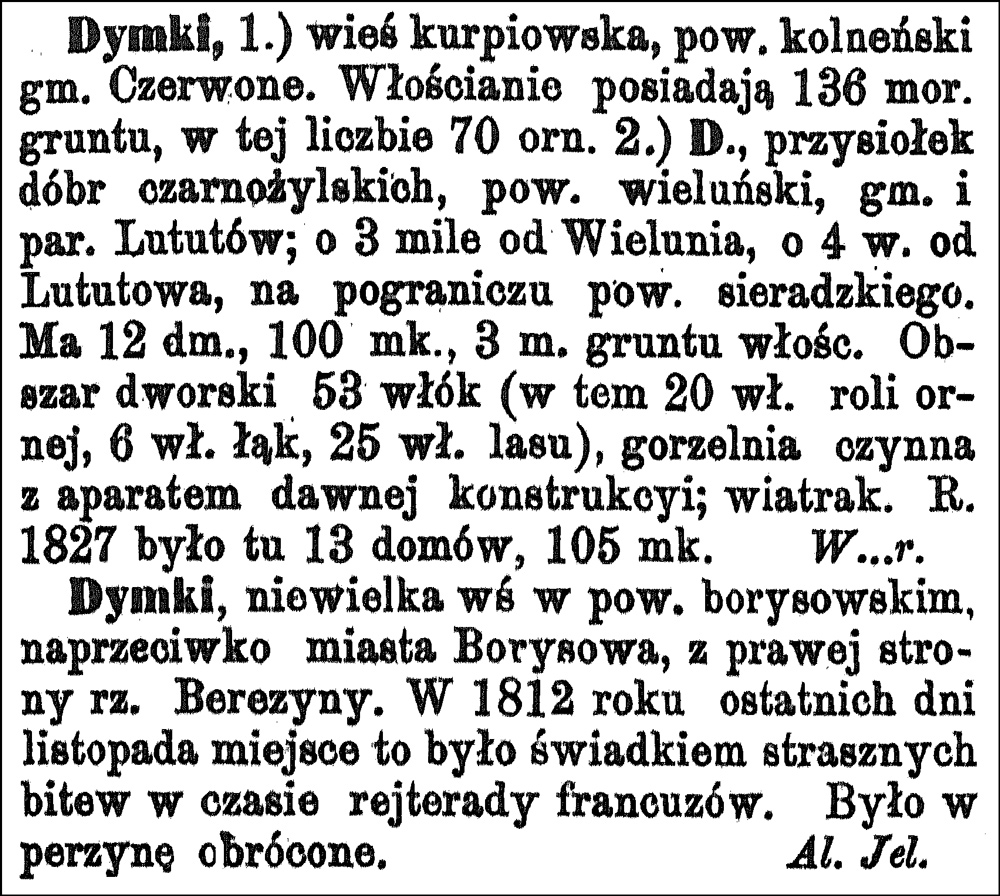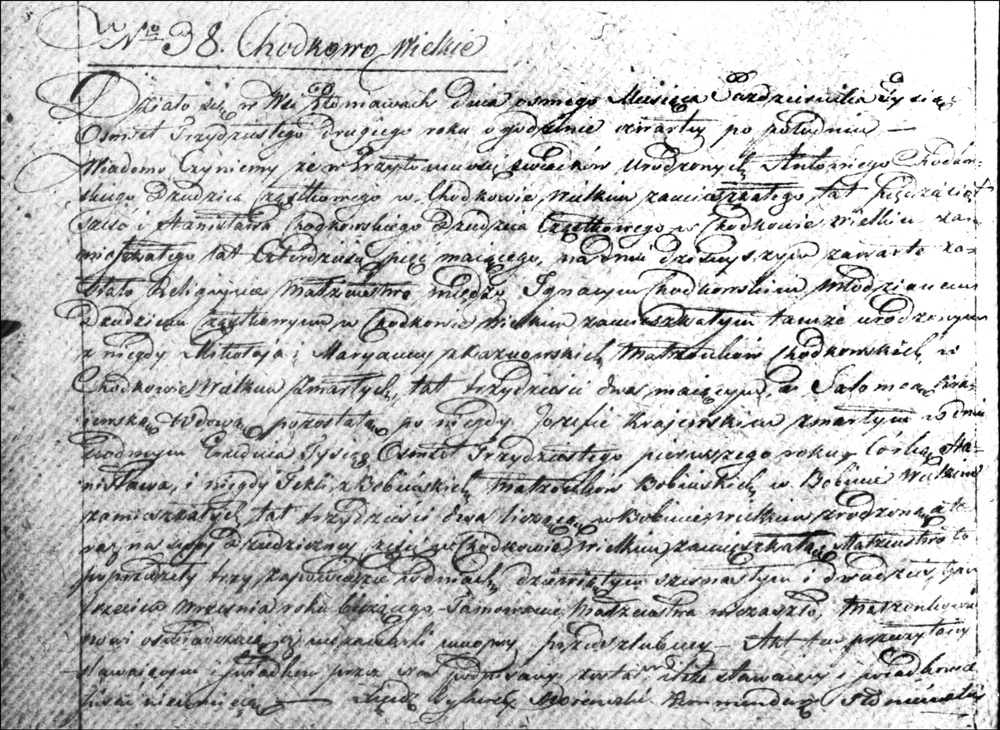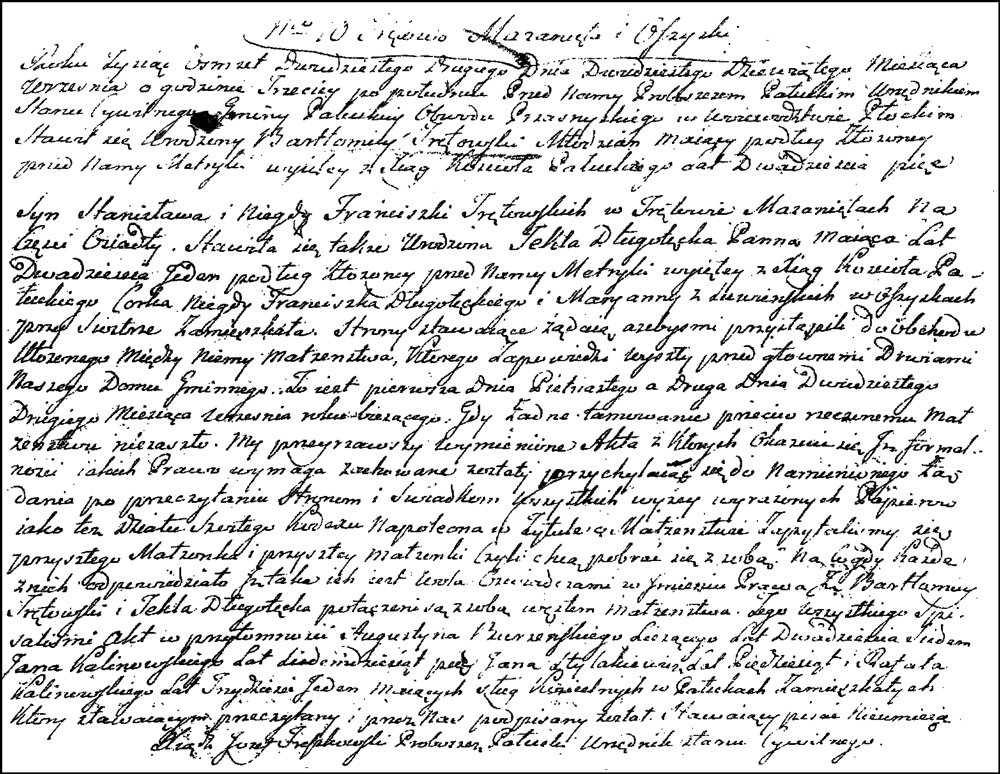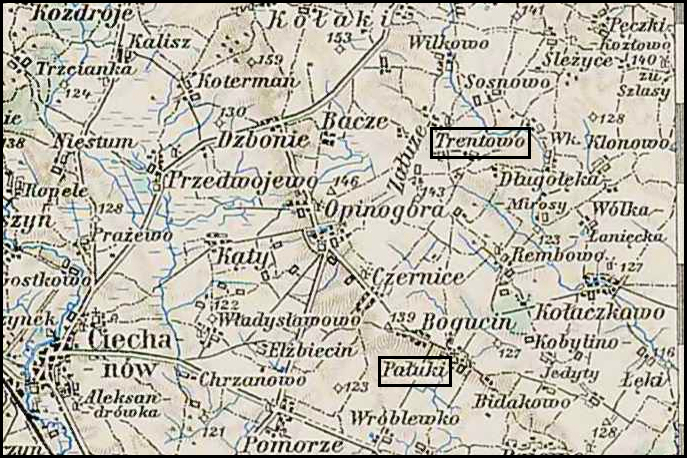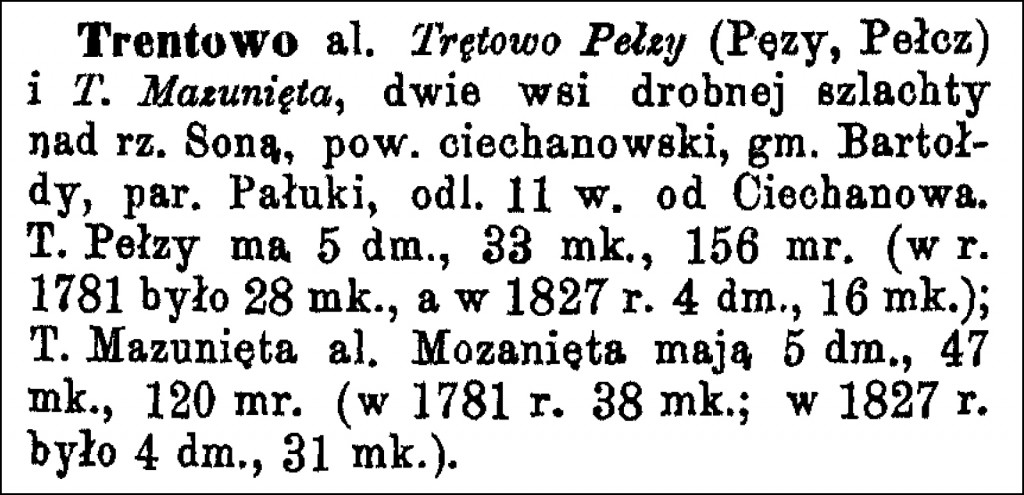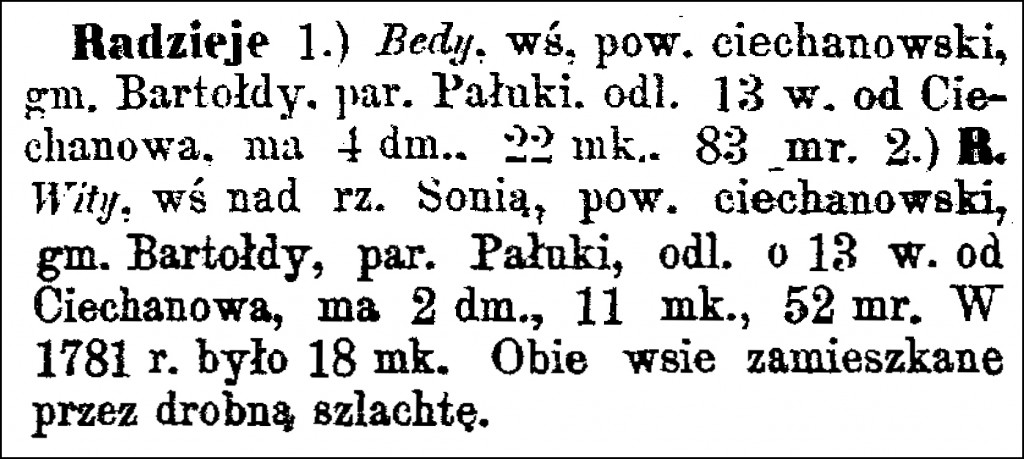While trying to find information on where in Poland the family of Józef Dymek originated, I learned that the family came from Dymki, Kolno (Powiat), Łomża (Gubernia) . However, there is no indication of the name of the parish where the records for Dymki were maintained . The Słownik Geograficzny Królestwa Polskiego i Innych Krajów Słowiańskich (Geographical Dictionary of the Kingdom of Poland and other Slavonic Countries) only states that this village of Dymki was in the Czerwone Gmina . The villages in the Czerwone Gmina, Kolno Powiat, Łomża Gubernia belonged to one of three parishes: Kolno, Lachowo, or Mały Płock . Which of these is the correct parish for Dymki? To try to narrow the search further, I looked through the World War I and World War II draft cards for men in Massachusetts with the surname Dymek (or some variant) . One such card contained some interesting information.
The World War II Draft Card for Stanislaw Dymek – Obverse
SOURCE: “U.S. World War II Draft Registration Cards, 1942,” digital images, Ancestry.com (http://www.ancestry.com : accessed 9 February 2011), Stanislaw Dymek, serial no. 0500, order no. not provided, Draft Board 82, Lee, Berkshire County, Massachusetts; citing United States, Selective Service System. Selective Service Registration Cards, World War II: Fourth Registration, NARA microfilm publication M2090; roll 46.
The World War II Draft Card for Stanislaw Dymek – Reverse
SOURCE: “U.S. World War II Draft Registration Cards, 1942,” digital images, Ancestry.com (http://www.ancestry.com : accessed 9 February 2011), Stanislaw Dymek, serial no. 0500, order no. not provided, Draft Board 82, Lee, Berkshire County, Massachusetts; citing United States, Selective Service System. Selective Service Registration Cards, World War II: Fourth Registration, NARA microfilm publication M2090; roll 46.
I don’t know who this Stanislaw Dymek is or whether he connects into the family I’m researching . However, he listed his place of birth as Peosutno Dymki, which is a promising lead for the family of interest . I have not found the village of Dymki on a map, and the Słownki Geograficzny lists no parish for Dymki . However, the village of Piasutno does appear on maps in the right area, and the Słownik Geograficzny does have an entry for Piasutno . Perhaps this clue will help me find the correct parish for the Dymeks.
Copyright © 2011 by Stephen J. Danko

